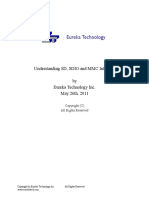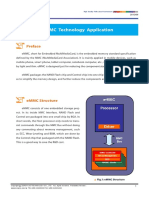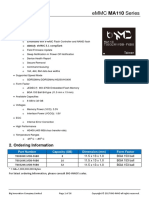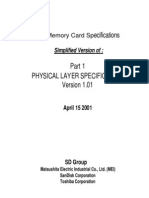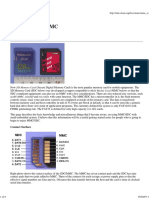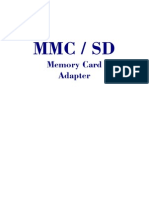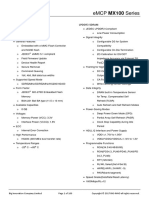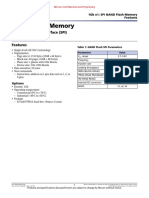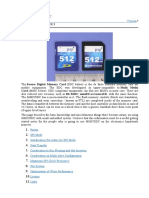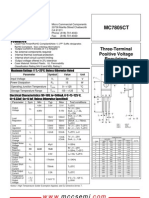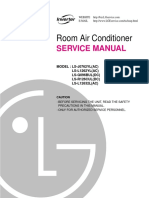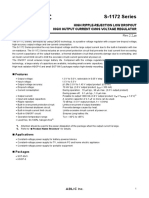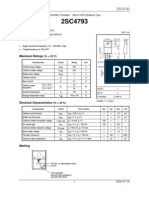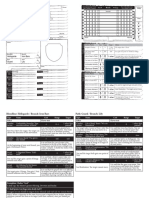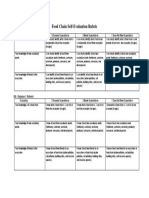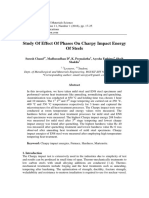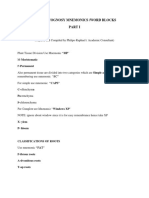0% found this document useful (0 votes)
173 views15 pagesMmcplus & Mmcmobile Card: Product Specification
The document describes C-ONE Technology Corp's MMCplus and MMCmobile memory cards. It provides specifications for the cards including available capacities from 32MB to 1GB, physical dimensions, interface details, and compliance with MultiMediaCard standards. The cards support high voltage and dual voltage modes and have low power consumption with endurance of up to 1 million programming/erase cycles.
Uploaded by
PablosoCopyright
© © All Rights Reserved
We take content rights seriously. If you suspect this is your content, claim it here.
Available Formats
Download as PDF, TXT or read online on Scribd
0% found this document useful (0 votes)
173 views15 pagesMmcplus & Mmcmobile Card: Product Specification
The document describes C-ONE Technology Corp's MMCplus and MMCmobile memory cards. It provides specifications for the cards including available capacities from 32MB to 1GB, physical dimensions, interface details, and compliance with MultiMediaCard standards. The cards support high voltage and dual voltage modes and have low power consumption with endurance of up to 1 million programming/erase cycles.
Uploaded by
PablosoCopyright
© © All Rights Reserved
We take content rights seriously. If you suspect this is your content, claim it here.
Available Formats
Download as PDF, TXT or read online on Scribd
/ 15





